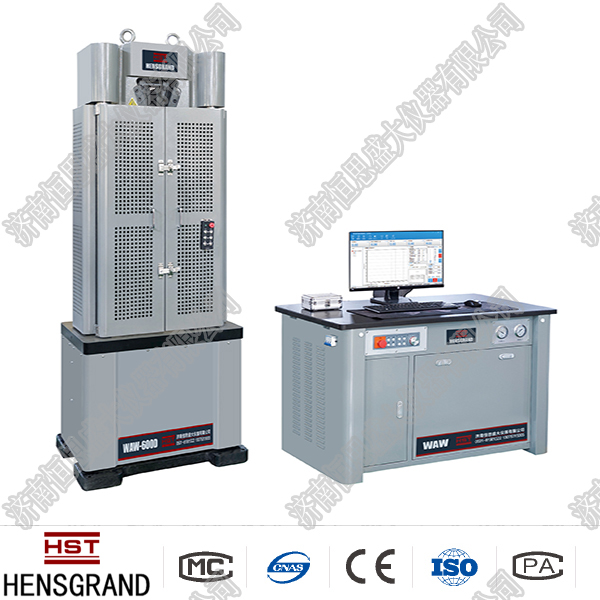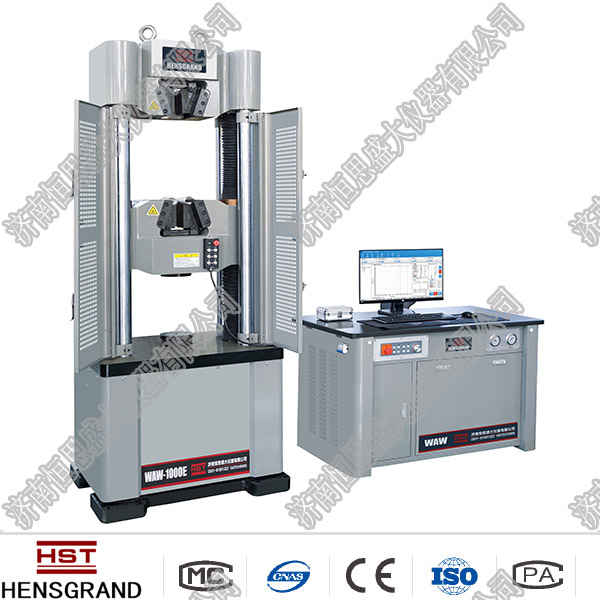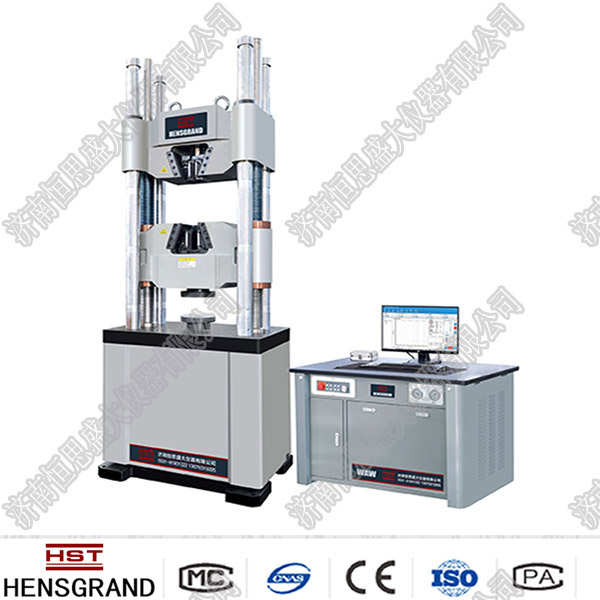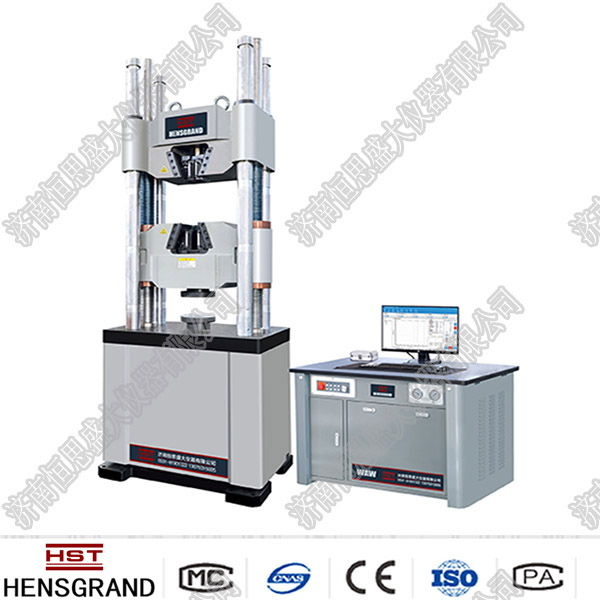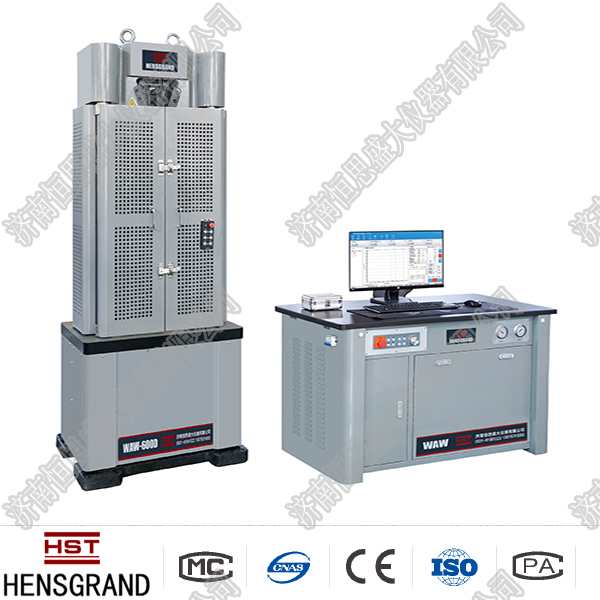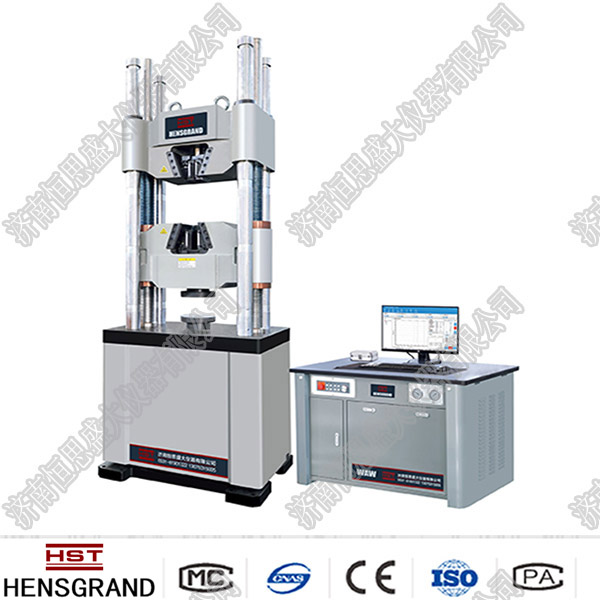News
Working principle of anchor chain tension testing machine
Release time:2022-09-02 source:Jinan Hengsi Shanda Instrument Co., Ltd. Browse:
The anchor chain tension test machine is composed of a main oil cylinder, a frame, a secondary oil cylinder and a clamping jaw. By having a movable claw seat on the frame, pulleys are provided at both ends of the movable claw seat, and pulleys can move left and right on the frame. There are two clamping jaws on the movable claw seat. There are two clamping jaws on the tops of the two clamping jaws. There are one secondary oil cylinder fixed on the tops of the two clamping jaws. One end of the two main cylinders is fixed on the movable claw seat, and the other end is fixed on the fixed claw seat; there are also two clamping jaws on the fixed claw seat, and a secondary oil cylinder is provided at the tops of the two clamping jaws. One end of the secondary oil cylinder is connected to the clamping jaws and the other end is fixed.
The tension disk is composed of a disc with a side wall, on which 10 or 6 grooves of different widths are provided. The multiple grooves have equal spacing along the side wall of the disc. The grooves cooperate with the wire to be tested. A step hole is provided in the center of the disc. The disc is fixed to the test machine by bolts through the step hole. A pulling table is also provided eccentrically in the disc, and the pulling table is cylindrical. A number of slots of different sizes are opened on the side wall of the tension disk used for the tensile tester to be used to clamp and install different types of wire harnesses. The ring terminals of the wire harness are hung on the pulling table near the center of the tension disk. A tension disk can be used for multiple types of terminal testing, which is easy to operate and has high working efficiency. According to the force value of the test range of the test machine, the standard tensile sample of the corresponding force value is clamped on the test machine, and the test machine is allowed to stretch the standard tensile sample at the speed specified in the GB/T228-2010 standard. When the standard tensile sample is in a tensile state, an extensometer or a strain gauge is installed on it, so that the tensile test machine can continue to stretch the standard tensile sample. The extensometer or strain gauge displays the elongation amount of the standard tensile sample, converts the elongation amount into the tensile value, and then compares it with the same force value point as the standard tensile sample on the tensile test machine dial, and determines the technical status and accuracy of the test machine based on the difference in the comparison value.
- Previous article:Advantages of universal tensile testing machine
- Next article:Research and development trends of spring test machines
Recommended productsPRODUCTS


















